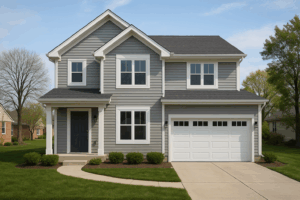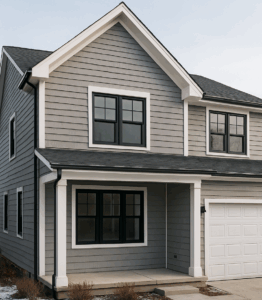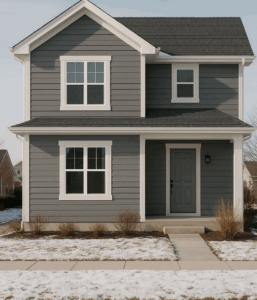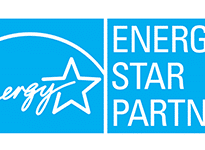Windows play a crucial role in your home’s comfort and energy use. Choosing energy-efficient windows can lower utility bills, improve indoor comfort, and reduce environmental impact. But with so many options available, how do you choose the best ones for your home?
This guide breaks down key features, materials, and tips to help you make an informed decision.
Why Energy-Efficient Windows Matter
Upgrading to energy-efficient windows offers several benefits:
- Lower Energy Bills – Well-insulated windows reduce heat loss in winter and block heat in summer.
- Improved Comfort – No more cold drafts or overheated rooms.
- UV Protection – Special coatings prevent furniture and floors from fading.
- Eco-Friendly – Using less energy reduces your home’s carbon footprint.
Key Features of Energy-Efficient Windows
When shopping for new windows, look for these essential energy-saving features:
1. Low-E Glass Coatings
Low-emissivity (Low-E) glass has a thin, invisible coating that reflects heat while allowing natural light in. This keeps your home cool in summer and warm in winter.
- Blocks harmful UV rays
- Reduces indoor heat loss
- Improves insulation without sacrificing visibility
2. Multi-Pane Glass
Single-pane windows lose heat quickly, making them inefficient. Opt for:
- Double-pane glass – Two layers with insulating gas in between.
- Triple-pane glass – Three layers for maximum efficiency in extreme climates.
- Provides better insulation
- Reduces outside noise
- Increases home security
3. Gas Fills (Argon or Krypton)
Manufacturers fill the space between glass panes with argon or krypton gas to improve insulation.
- Reduces heat transfer
- Prevents condensation buildup
- Enhances overall window performance
4. Energy-Efficient Window Frames
Not all window frames offer the same insulation. Here are the best options:
- Vinyl – Low-maintenance, affordable, and great insulation.
- Fiberglass – Durable, resists warping, and provides top-tier insulation.
- Wood – Classic appearance, but requires upkeep to maintain efficiency.
- Composite – A mix of materials that offers strength and energy efficiency.
5. Proper Window Installation
Even the best energy-efficient window won’t perform well if installed poorly. Always hire experienced professionals to ensure a proper seal and long-lasting performance.
Understanding Energy Ratings
Look for these energy certifications when buying new windows:
- ENERGY STAR® Certified – Meets strict energy efficiency guidelines.
- U-Factor (U-Value) – Lower numbers mean better insulation.
- Solar Heat Gain Coefficient (SHGC) – Measures how much heat enters; lower is better for hot climates.
- Visible Transmittance (VT) – Higher numbers allow more natural light in.
How to Choose the Best Energy-Efficient Windows for Your Home
1. Consider Your Climate
Your location affects the type of window you need:
- Cold Climates – Choose triple-pane glass with a low U-factor.
- Hot Climates – Look for Low-E coatings and a low SHGC.
- Mixed Climates – Opt for double-pane windows with insulated gas fills.
2. Balance Cost & Long-Term Savings
Energy-efficient windows cost more upfront but save money over time. Compare energy ratings, durability, and maintenance needs before making a decision.
3. Choose the Right Frame & Glass Combination
Match your frame material and glass type to get the best insulation and efficiency.
4. Hire a Professional Installer
Proper installation ensures no air leaks, no drafts, and maximum energy savings.
Upgrade to Energy-Efficient Windows with Midwest Windows, Siding & Doors
Choosing the right energy-efficient windows can enhance your home’s comfort, lower your energy bills, and boost resale value. Whether you need double-pane windows, Low-E glass, or high-performance frames, we’ve got you covered.
At Midwest Windows, Siding & Doors, we provide top-quality window installation services in Greater Chicago. Our experts help you select the best windows for your home’s needs and budget.
Ready to upgrade? Contact us today for a free consultation and estimate!








